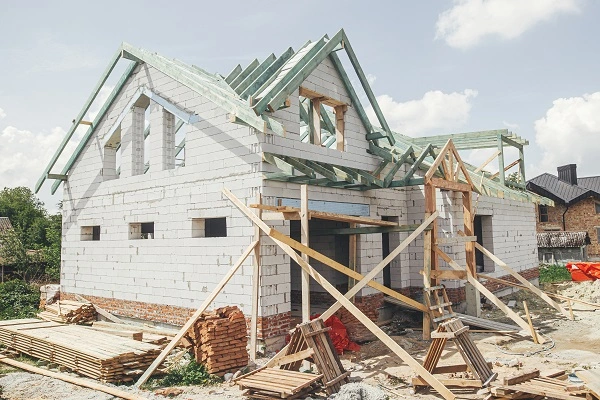Creating a construction estimate is critical for anyone involved in construction, from contractors to project managers. Accurate estimating ensures projects stay within budget and on schedule. This comprehensive guide will delve into the key components and steps of construction estimating, providing you with the tools and knowledge to make precise and reliable estimates.
Understanding Construction Estimating
Construction estimating involves predicting the costs associated with a construction project, including materials, labor, equipment, and other expenses. An accurate estimate is crucial for bidding on projects, securing financing, and planning construction activities. Here’s a step-by-step process for creating a reliable construction estimate.
Step 1: Project Scope and Documentation
Begin by clearly understanding the project scope. Review all project documents, including architectural plans, engineering reports, and specifications. Ensure you have all the necessary information, including project size, design complexity, and material requirements.
Step 2: Quantity Takeoff
A quantity takeoff measures and lists all the materials and items needed for the project. This includes everything from concrete and steel to nails and paint. Accurate takeoffs are essential for determining the quantities of materials required, which directly impact the overall cost.
Tips for Accurate Quantity Takeoff:
- Use Digital Tools: Software like Bluebeam, PlanSwift, or Excel can streamline the takeoff process and reduce errors.
- Double-Check Measurements: Always verify measurements to avoid costly mistakes.
- Standardize Units: Use consistent units of measurement to ensure clarity and accuracy.
Step 3: Cost Estimation
Once you have a detailed quantity takeoff, the next step is to assign costs to each item. This includes direct costs (materials, labor, equipment) and indirect costs (overhead, permits, insurance).
Direct Costs:
- Materials: Obtain quotes from suppliers and include potential price fluctuations.
- Labor: Calculate labor hours required and multiply by wage rates.
- Equipment: Include costs for renting or purchasing equipment.
Indirect Costs:
- Overhead: Consider administrative costs, office expenses, and utilities.
- Permits and Fees: Account for local permits, licenses, and inspection fees.
- Insurance: Include general liability and worker’s compensation insurance.
Step 4: Adding Contingencies
Unforeseen issues often arise during construction projects. Adding a contingency budget (typically 5-10% of the total cost) helps cover unexpected expenses such as delays, material shortages, or design changes.
Step 5: Reviewing and Adjusting
After compiling the initial estimate, review all calculations and assumptions. This is a critical step to ensure everything is noticed. Discuss the estimate with your team, including project managers, engineers, and accountants, to gain different perspectives and insights.
Step 6: Finalizing the Estimate
Once reviewed and adjusted, finalize the estimate by preparing a detailed report. This report should include:
- Executive Summary: A brief overview of the project and total estimated cost.
- Detailed Breakdown: Itemized costs for materials, labor, equipment, and contingencies.
- Assumptions: Any assumptions made during the estimating process.
- Exclusions: Items not included in the estimate (e.g., landscaping, furniture).
Tips for Effective Construction Estimating
- Stay Updated on Market Trends: Market conditions can fluctuate construction costs. Keep abreast of industry trends and adjust your estimates accordingly.
- Use Historical Data: Leverage data from past projects to inform your estimates. This can help predict labor costs and material usage more accurately.
- Invest in Estimating Software: Modern estimating software can increase efficiency and accuracy. Consider tools like ProEst, Buildertrend, or CoConstruct.
- Maintain Clear Communication: Effective communication with stakeholders, suppliers, and subcontractors ensures everyone is on the same page and can provide the most accurate information.
Conclusion
Accurate construction estimating is fundamental to the success of any construction project. By following these steps and utilizing the tips provided, you can create reliable estimates that help keep projects on time and within budget. Mastering construction estimating improves project outcomes and enhances your reputation and competitiveness in the construction industry.
Remember, the key to successful construction estimating is attention to detail, continual learning, and leveraging technology to your advantage. With practice and dedication, you can become proficient in this essential skill, ensuring the success of your construction projects.




